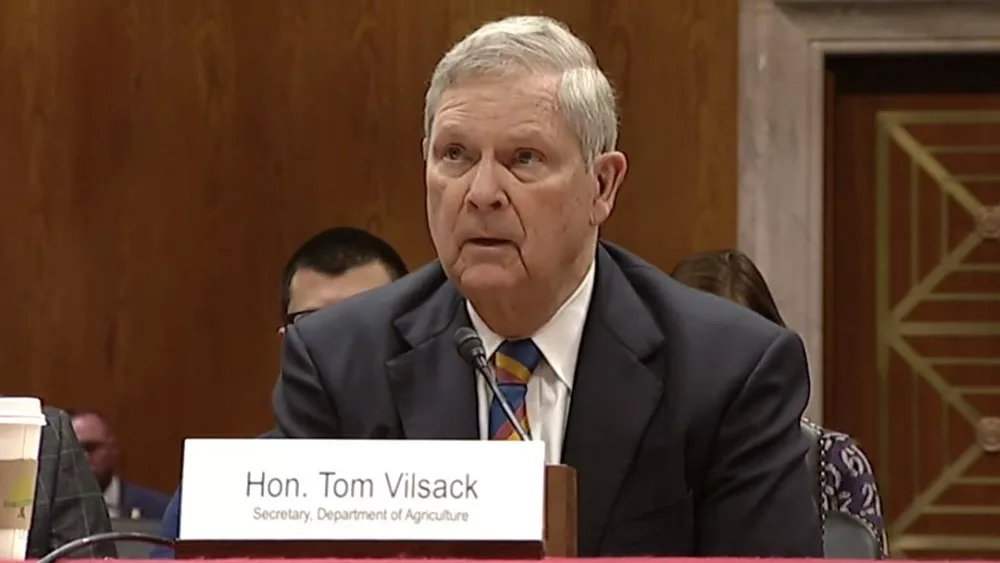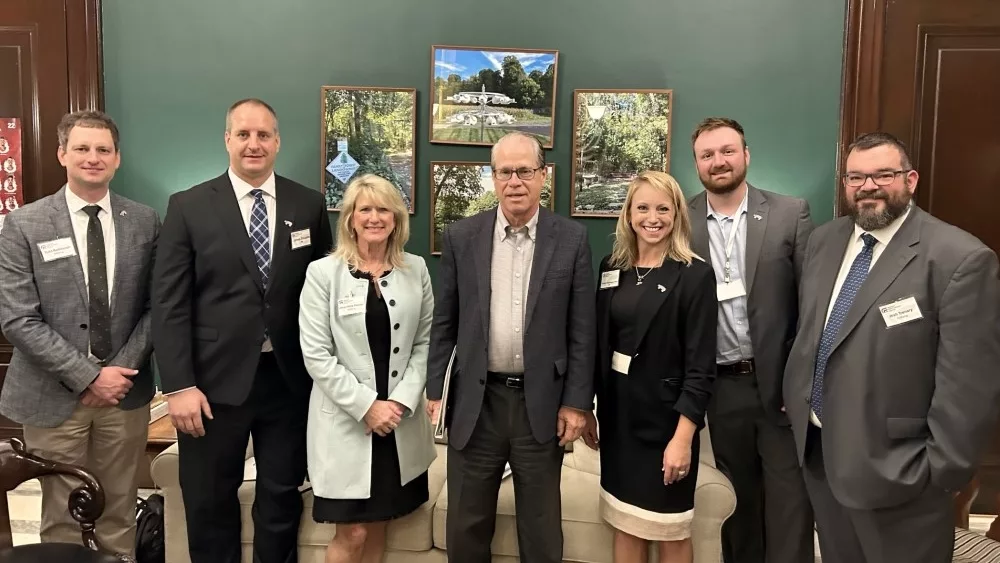
I just returned from the American Bar Association’s annual fall environmental conference. This year’s conference was in Baltimore, at the north end of the Chesapeake Bay. Needless to say that the environmental condition of the bay and the controversy surrounding it were the talk of the conference. If you don’t understand why what happens in the Chesapeake Bay may affect you, read on.
For years there has been concern about nitrogen, phosphorus, and sediment runoff into the Chesapeake Bay and its effect on marine life (think oysters, crabs, and fish). Historically, states in the bay’s watershed addressed runoff through implementation of the federal Clean Water Act. Large livestock and poultry farms, or concentrated animal feeding operations (CAFOs), were required to obtain permits regulating nutrient discharges. The states in the bay’s watershed administered these permits under authority designated by the EPA.
All of that changed in 2010, when the EPA stepped in after it determined that state- administered plans for controlling nitrogen, phosphorus, and sediment were ineffective at reducing runoff. The EPA established a “TMDL” for the entire Chesapeake Bay watershed. The TMDL establishes the Total Maximum Daily Load of nitrogen, phosphorus, and sediment in the bay and its upstream tributaries. Think of the TMDL like a dietitian establishing the maximum caloric intake for a person.
American Farm Bureau Federation (Farm Bureau) and others have challenged in court the EPA’s establishment of a TMDL for the Chesapeake Bay as an EPA overreach. Farm Bureau argued that states were already addressing nutrient issues in the watershed through their own implementation of the Clean Water Act. A district court recently disagreed, however, and held that the TMDL was here to stay.
Farm Bureau has appealed the ruling, but for the time being, the Chesapeake Bay TMDL lives on. What scares groups like Farm Bureau the most, however, is that the EPA’s establishment of a TMDL for the bay will be a model for other watersheds nationwide…including the Mississippi River Basin and those smaller watersheds in Indiana.
Todd Janzen grew up on a Kansas farm and now practices law with Plews Shadley Racher & Braun LLP, which has offices in Indianapolis and South Bend. He also serves as General Counsel to the Indiana Dairy Producers and writes regularly about agricultural law topics on his blog: JanzenAgLaw.com. This article is provided for informational purposes only. Readers should consult legal counsel for advice applicable to specific circumstances. Todd is currently serving as chair of the American Bar Association’s (ABA’s) Agricultural Management Committee, which is part of the ABA’s Section of Environment, Energy, and Resources.
Submitted by: Todd J. Janzen, Plews Shadley Racher & Braun LLP




